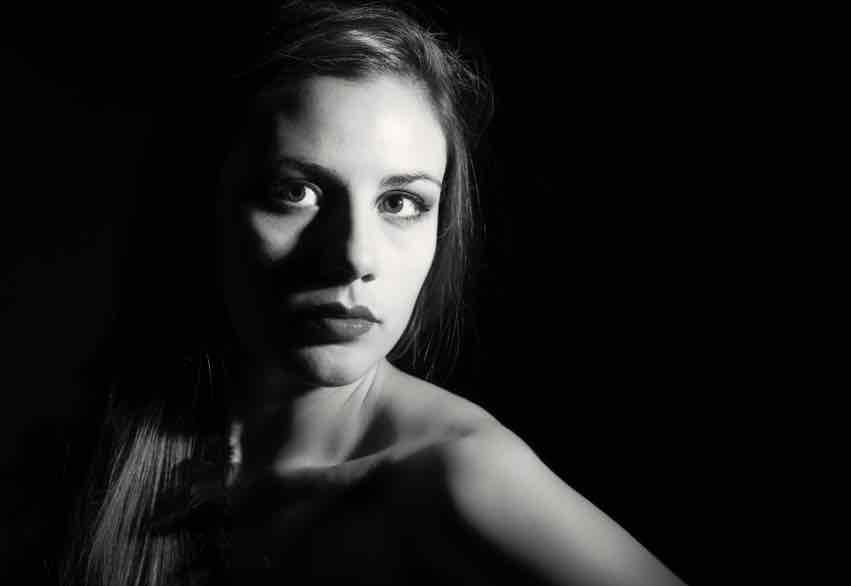
Rembrandt Lighting is a technique for portrait photography named after Rembrandt Harmenszoon van Rijn, the great Dutch painter. It refers to a way of lighting a face so that an upside-down light triangle appears under the eyes of the subject.
Rembrandt lighting is where there is a triangle of light seen below the eye. Photographers use this lighting because it creates a dramatic yet natural image
Rembrandt lighting adds an element of drama and psychological depth to the character of your sitter. In portraiture, the eyes of your subject are nearly always the main point of focus. The triangle of light, placed just below the eye on the shadow side of the face, will increase the emphasis and the viewer really will be “drawn in” to your image.
Why do photographers use it ?
Rembrandt lighting is extremely popular technique because it allows the photographer to create a dramatic image but yet also a natural image. Rembrandt usually is used to portray peoples moods through the image and usually has the effect of moodiness.
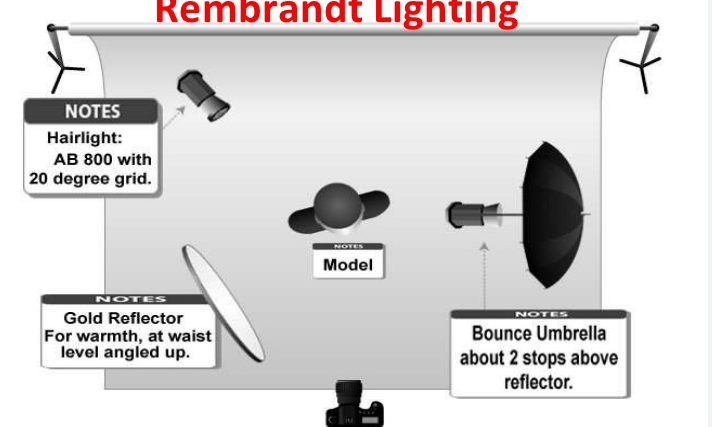
As you can see from this image, the lighting is behind the subject whilst taking the images. The subject in these images is a person and as you can see from this that the model has their body at an angle whilst the camera is straight on. There is also a reflector used at an angle on the left side of the model, and this makes ensures the shadow is less harsh which allows the triangle to appear.
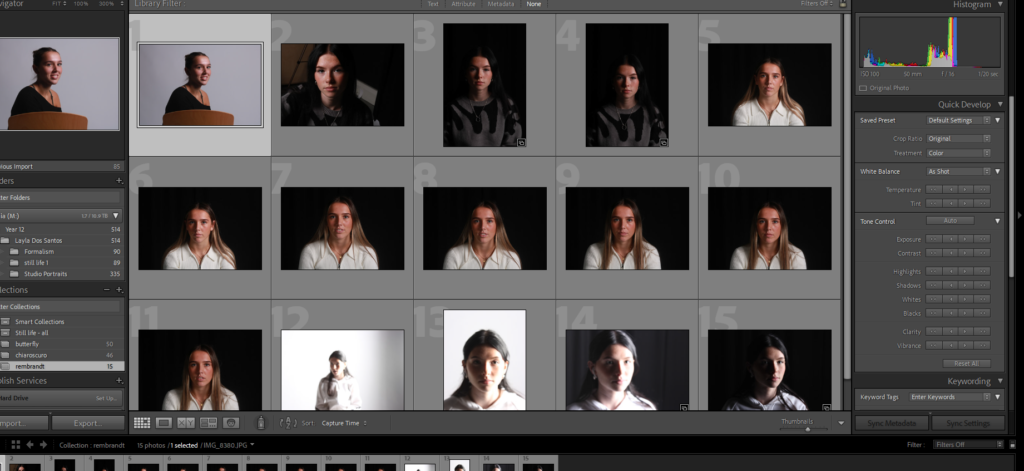
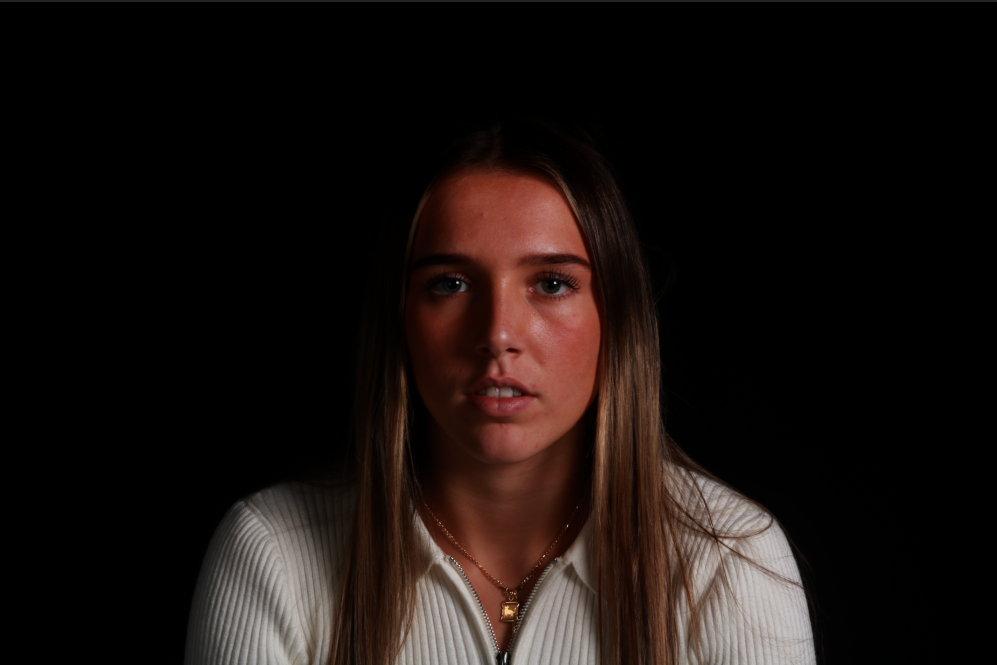
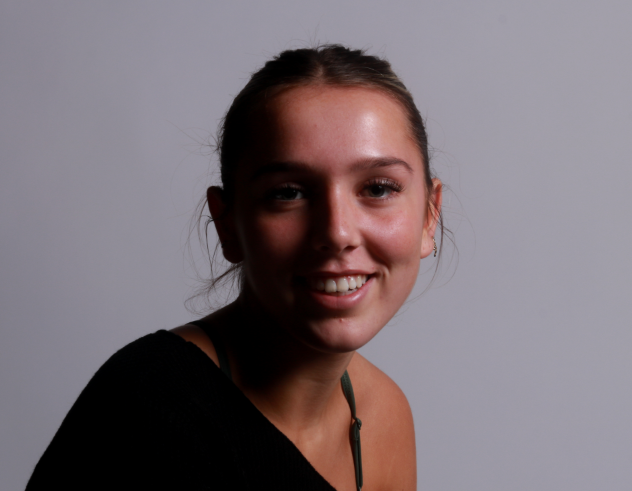
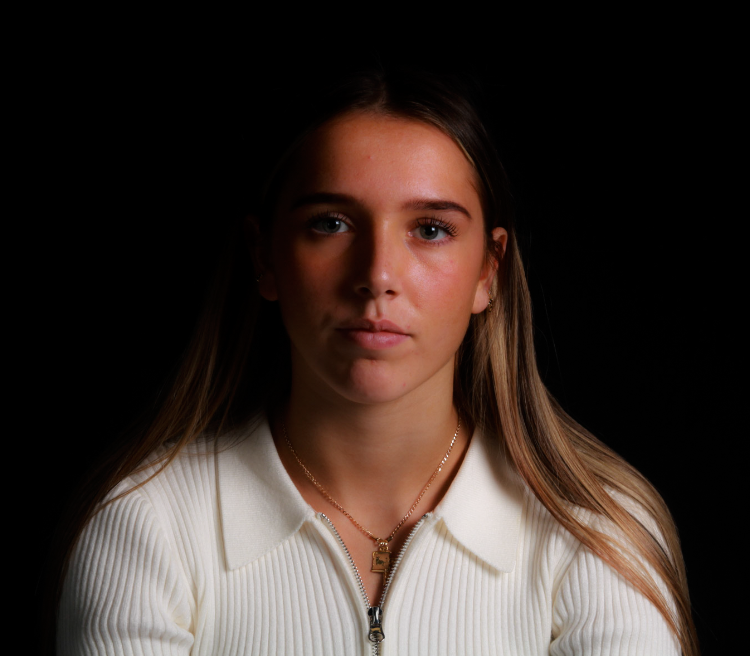
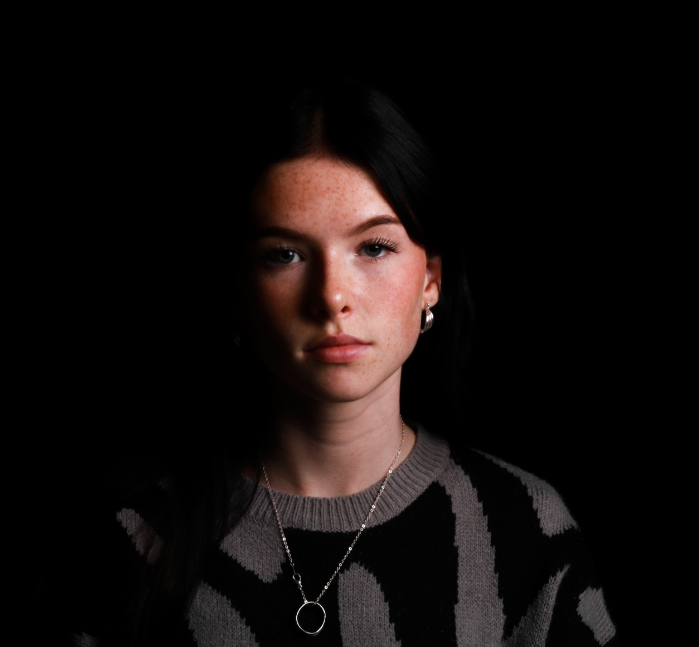

: Give some examples of each lighting technique when you introduce it. Do you have a photo of your set up?
Make sure all your photos are in focus